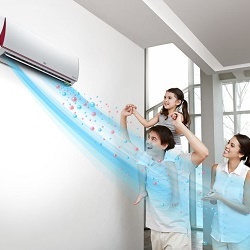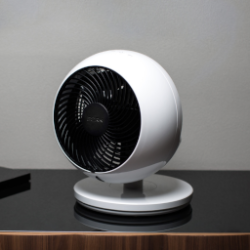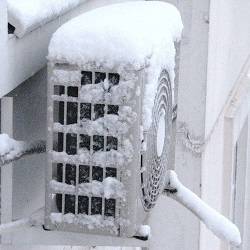How is a heating convector different from a radiator?
Many homeowners who need additional heating tend to find out which device will suit them the most: convector or radiator. Making the right choice is not as easy as it may seem at first glance, especially given the very large variety of options available in stores. Devices of both types are often purchased for summer houses, office and residential premises, where it is necessary to create the most comfortable environment for work or residence. In this case, not everyone knows what the difference is between the two devices of this kind. Therefore, it is worthwhile to consider the main features of each of them in order to guarantee that it is better to choose.
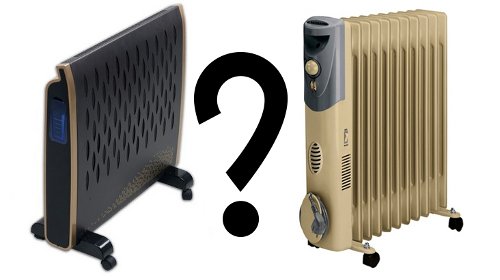
Content
Pros and cons of radiators
Standard radiators consist of several sections, in their case there is a special heat source, due to which they are able to heat the air in the room. As one of the most common options worth noting standard batteries that are in almost every home. An additional mobile radiator or convector can successfully replace them in many cases. Since these batteries operate with hot water and are dependent on the overall heating system, they can work intermittently. For this reason, it is often necessary to acquire compact oil radiators as a source of additional heating in the house. They work with special electric heaters coated with mineral oil. During operation, electrical components heat the oil, with the help of which the casing becomes hot and transfers heat to the space of the room. It is worth noting a number of undoubted advantages of such devices, their list includes:
- the ability to effectively heat the air in the room;
- acceptable cost and efficiency;
- the possibility of mild heating, since such radiators do not dry the air during operation due to their design and the presence of special parts;
- ultimate reliability, durability,compact size and the ability to move the device from one room to another.
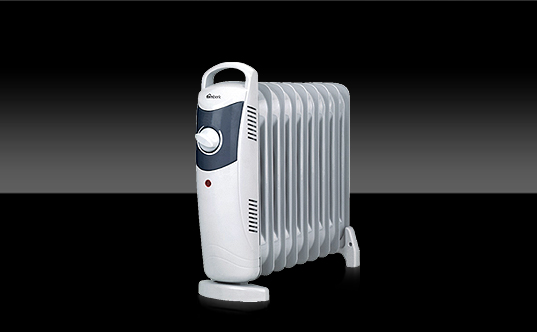
Each radiator, depending on the model and configuration, may differ in a number of minuses. Usually their list includes very high degree of heating, which can not be touched in the process, because it can warm up to 90 degrees.
The large weight of the unit, which is usually not less than 10 kg, makes transportation very difficult: the whole point is that the housing of such devices is usually made of metal and has a very large weight. If the case is accidentally damaged, oil leakIn this case, the radiator will need urgent repairs.
In the process of use it is necessary to strictly observe the rules of operation in order to avoid burns and various unpleasant situations.
Advantages and disadvantages of convectors
Modern, compact and convenient convectors heating every year are becoming increasingly popular among buyers, and there are many reasons for this. It should be noted that such devices differ from the radiator, first of all,method of heating, because they work on a hot heat exchanger through which air flows. Each standard convector is capable of heating the air, which then rises, replacing the flow of colder and denser air - this is the difference between the convector and the radiator. Most often, these devices operate with gas or electricity, while electric convectors much more popular than gas, thanks to its convenience and the ability to install them in any room where there are sockets. The list of advantages of convectors traditionally includes:
- minimum level of inertia that allows you to set exact temperature in each room, depending on the needs;
- no case overheatingwhose temperature during operation rarely reaches 40-45 degrees, which allows to avoid traumatic situations and possible burns, and also not to waste time on monitoring the device;
- unit capacity heat several rooms at once - if there are several convectors in an apartment, house or other room, they can be easily combined into a single system and managed at any time.
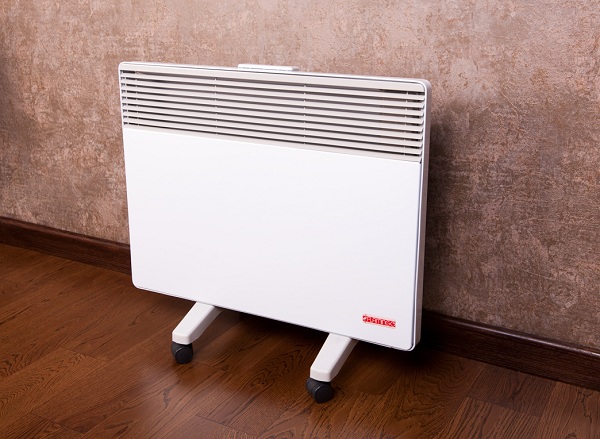
It should take into account the shortcomings of such units, their list is not so big, but before buying everyone should know about them. Quite often in the process of operation of the convectors drafts are formed, which may not suit some users. If the room has high ceilings, it will heat unevenly - when it comes to how the radiator differs from a convector, it is this flaw that exemplifies. In addition, convectors can cause allergies in people prone to respiratory illnesses. High power levels entail and high power consumptionBut, despite all this, it is precisely convectors of various types that are currently in the greatest demand.
How to make the right choice
The numerous radiators and convectors currently on the market are very diverse, so choosing one device will not be so easy. It must be remembered that each device, regardless of its type, has its advantages, and in many situations they are capable of operating at almost equal power. Consider that any radiator of properly selected power will warm the room,but the convector is much safer and does not cause any inconvenience - this is the main difference between the devices.
If we are talking about a small room - it is better to choose a radiator, this is the best option for heating the local space.
When it comes to what is better - a convector or a radiator, many mention the extreme low cost the second option, which also significantly increases the demand for it. Despite this, innovative and modern convectors are becoming increasingly popular every year, as manufacturers produce additional modifications of such devices. Now they can be installed in any premises, built into the floor (vnutripolnye models), fasten to the wall (wall mounted) or placed on the floor (floor standing) in a convenient and most suitable place. To make the right choice, you must take into account the specific features of the room, its area, decoration, size and design. You can choose either a radiator or an electric convector of any type.

/rating_off.png)







